To celebrate the wrap-up of Social Media Week in New York, San Francisco, Toronto, Sao Paulo, London and Berlin simultaneously, I’d like to discuss how social media combined with traditional media has shaped the progression of fashion. Consider this a small overview and crash course for all of those who may like fashion but don’t necessarily have a strong understanding about all of its new developments. Let’s jump into how the revolution of new + old media has affected the fashion industry and the way consumers are buying.
There are endless amounts of girls worldwide that have this undying obsession with the fashion industry, but do they understand the dramatic change it has undergone within the last two years? Fashion is without a doubt an exciting industry to admire or even to be involved in. Although, some outsiders believe fashion to be frivolous and in some ways like a unimportant novelty. Yet, it is a thriving industry that makes our economy go around. It may difficult for some to look at a $400 shirt in Bergdorf Goodman and think to themselves “This is a great investment, its for the betterment of our economy!” But even those uninterested in designer clothing can have a strong impact on the evolution of fashion with the flick of a remote and the click of a mouse. Fashion is like a circle. It is continuous, which means in order to keep things fresh, it must exhibit change.
The most apparent change in fashion first began with its visibility in our movie theaters. The silver screen lent women everywhere the ability to be “fabulous” with motion pictures like Sex and the City and The Devil Wears Prada. Both movies grossed $83.2 million dollars combined during opening weekend. It was clear that due to both film’s fashionable nature, a new found popularity of fashion emerged amongst the women who appreciated the “fabulousity”, style and clothing. Motion pictures were the first place we began to see the rise of fashion’s popularity in mass media but it most definitely did not stop there.
Lauren Conrad on The Hills
Reality television reared its trashy head into the realm of fashion when fashion-based reality television shows had been released. Fashion competition shows like Project Runway, The Fashion Show, Stylist and Stylista made a remarkable impact on cable networks with a strong and devout following. Viewers tuned in every week to see their favorite design hopeful get kicked off the show, leaving on-lookers to believe it was as easy as it looked on their television screens. While The Hills and The City on the MTV network revealed the ins and outs of internships at huge publications like Teen Vogue and public relations houses like People’s Revolution. These quote on quote ‘real life’ reality television shows gave young girls everywhere the hope that they one day could have the chance to break into an industry that was deemed glamorous and easy as pie. Forty-two inch plasma television sets weren’t the only screens where fashion’s media attention shifted either.
There is no question that internet has affected the way that we have looked at media on a whole.Yet the rise of social media outlets has seriously affected the way that designers are interacting with consumers and how consumers are buying. You may have heard of social media before but what is it and how in the world has it affected fashion? According to Mashable, the number one source of social media news and development on the internet, says that social media is “a new type of media that creates a world conversation and dialogue. Instead of being fed news (a one-to-many dissemination approach) everyone is welcomed to be a content creator and to generate a debate around that content.” With that definition in mind, think of how many ways social media has affected the way that you use the internet. Do you blog? Do you read websites and comment on the content? Do you post information or photos on forums, Facebook or Twitter? Then you are a part of the social media movement.
The impact that Facebook and Twitter has had on our daily lives is nearly immeasurable. Yet, when it comes to the fashion industry, Facebook and Twitter has revolutionized the way fashion houses, designers and brands interact with their consumer. By creating a dialogue directly with the consumer, brands (mass-marketed or high-end) has in turn built a strong relationship through Facebook fan pages, Twitter followers and “at-replies.” In turn, the consumer feels a sense of belonging, a sense of loyalty that has driven sales for these brands with the click of a mouse.
This sense of belonging and loyalty does not stop at Facebook and Twitter, yet is propelled into an entirely other distinctive level with user-generated communities websites. Lookbook.nu is the quintessence of personal style communities, in which users from around the world post photographs of outfits and personal style. Lookbook.nu currently generates 2.5 million unique visitors. Strong partnerships between user-generated communities and fashion houses are built based on the loyalty of the users and the influx of daily unique views on these websites. Virtually speaking, brand advertising on user-generated communities sites essentially pay for themselves.
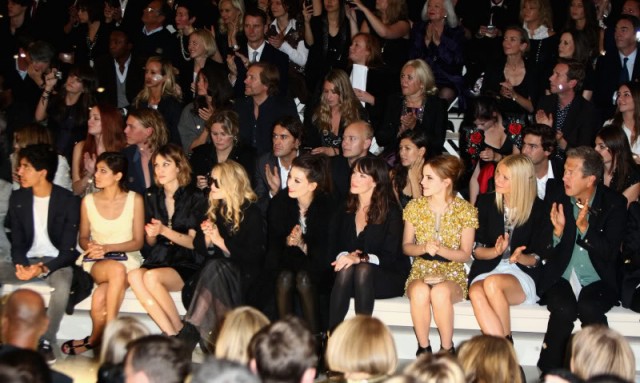 Burberry Prorsum Spring/Summer 2010 / PRNewswire
Burberry Prorsum Spring/Summer 2010 / PRNewswire
Lastly, but definitely not least, is the uber world of blogging. Fashion bloggers generally post opinionated articles and news and at the touch of a keyboard is as immediate as the information is released. Initially, fashion bloggers received no attention from fashion insiders and were often looked down upon, but that game quickly changed this past Fashion Week for the Spring/Summer 2010 collections. Kelly Cutrone, owner of mega fashion public relations company, People’s Revolution, said in a December 2009 New York Times article, “There has been a complete change this year.Do I think, as a publicist, that I now have to have my eye on some kid who’s writing a blog in Oklahoma as much as I do an editor from Vogue? Absolutely. Because once they write something on the Internet, it’s never coming down. And it’s the first thing a designer is going to see.” There have been endless accounts of fashion bloggers becoming instant internet celebrities and as a result been signed to the top modeling agencies, seated front row at the most prestigious fashion shows and even featured in major brand advertising campaigns.
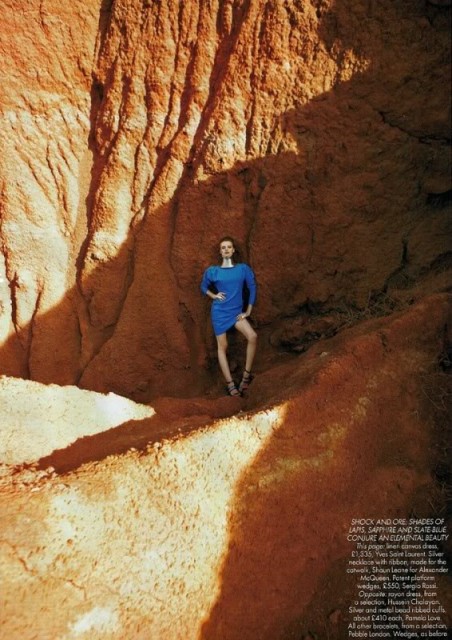
Blue Planet by Mark Pillai in Harper’s Bazaar UK/Fashion Gone Rogue
Fashion is constantly changing and evolving; if it didn’t it would not be such a thriving industry. Sometimes, the simple day-to-day things that we take part in can be a contribution to the way that we use media. The ever-changing nature of fashion allows everyone involved to keep up with “the times” in this perpetually developing digital age. So, the next time you blog about those great pair of shoes you got on sale, the next time you join your favorite designer’s Facebook fanpage or post a photo of your chic outfit on Lookbook, just think of how you too are affecting the way fashion is changing.
(References: Popcrunch, Box Office Mojo, Mashable)

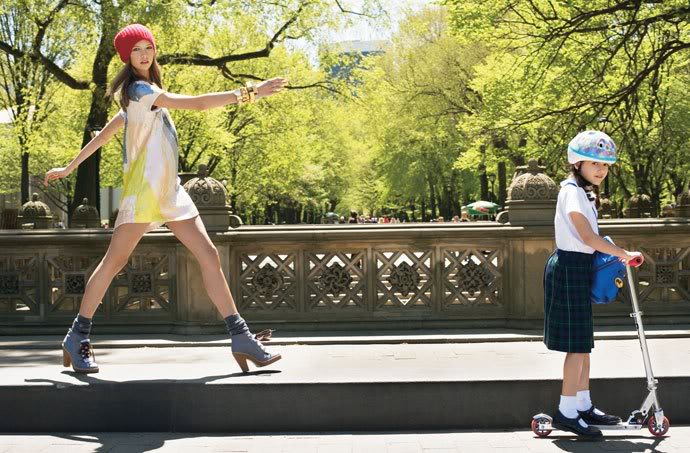

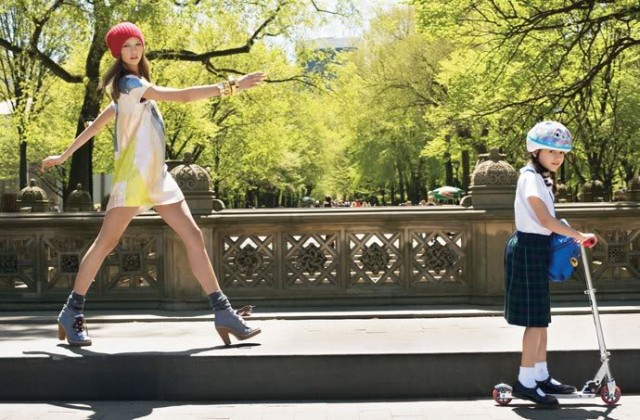
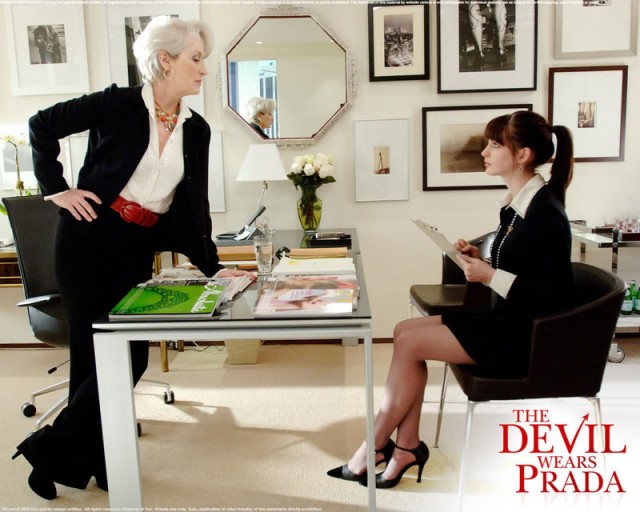
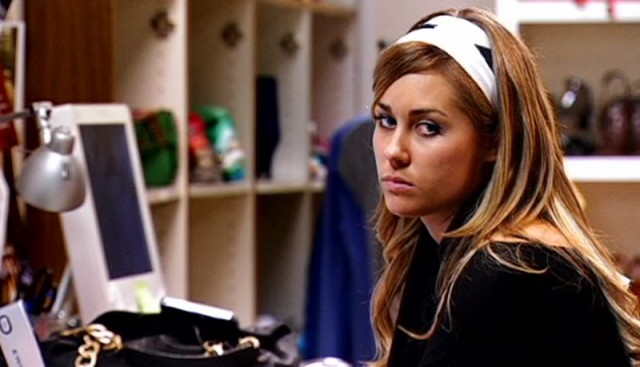

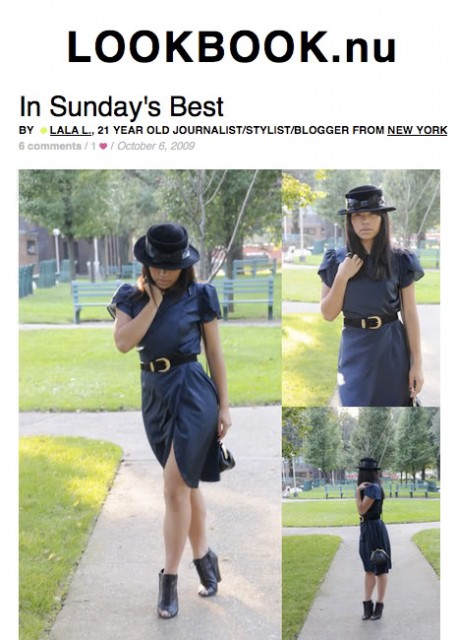
social media has definitely changed the industry. it will be interesting to see what the future brings…
Lala, great post! You’re spot on.
Social media have changed behavior and we’re still in the exploration phase of what could become a consumer-revolution. We have a very similar vision I guess.
As far as fashion industry is concerned, and as we meet with Brands regularly, it’s really interesting to see their appreciation of social media, with their very different approaches: from all active and into it to all rejecting it. We wish there would be more sites like lookbook.nu & co. to develop the market further.
Nicolas
Hypeed.com
what a great post.